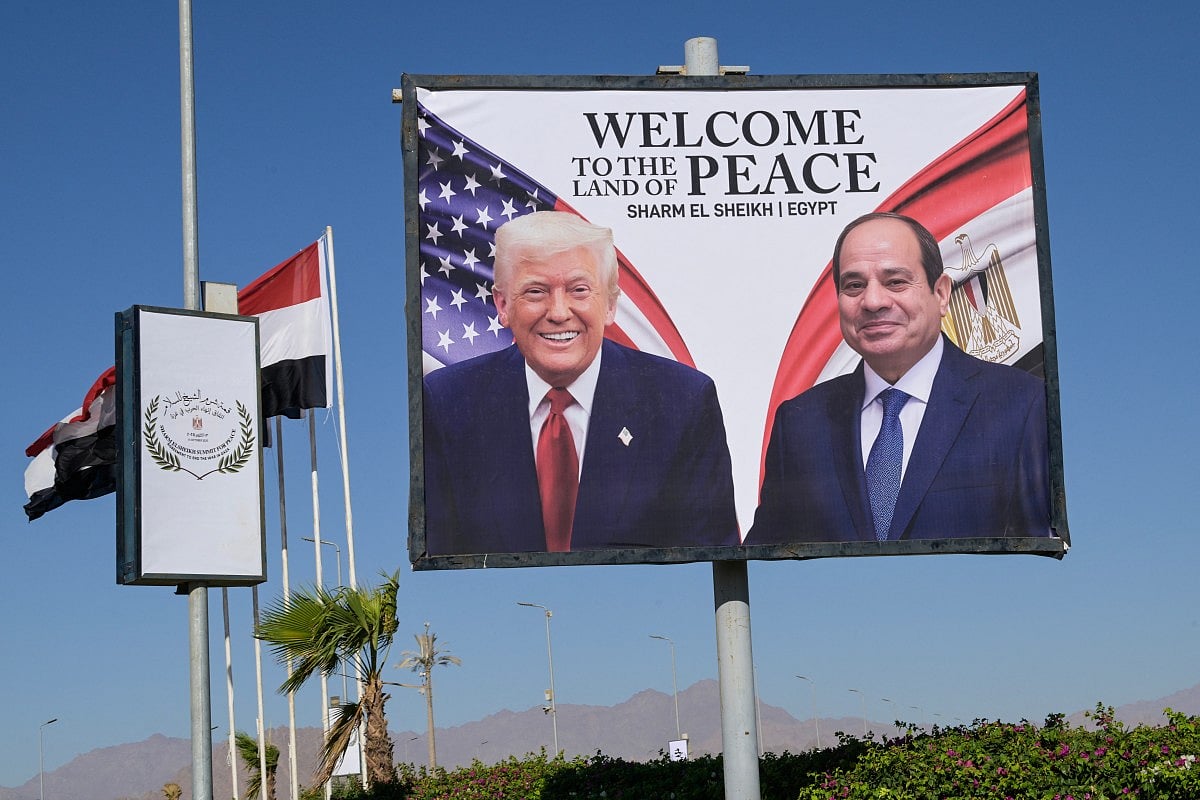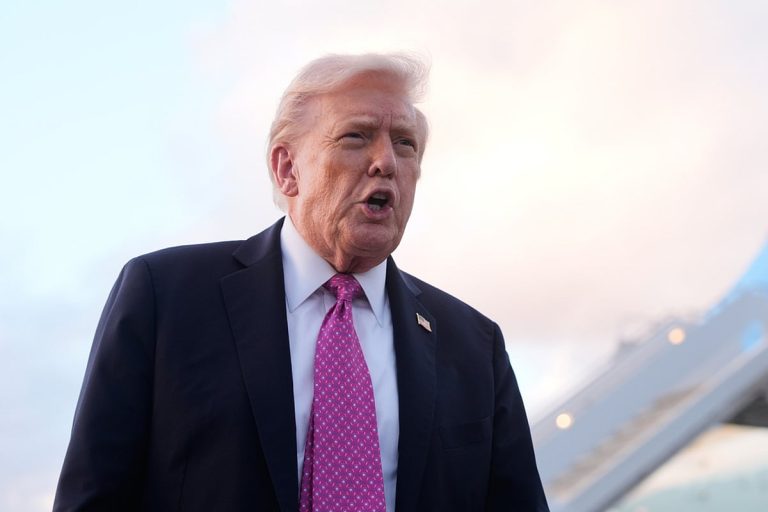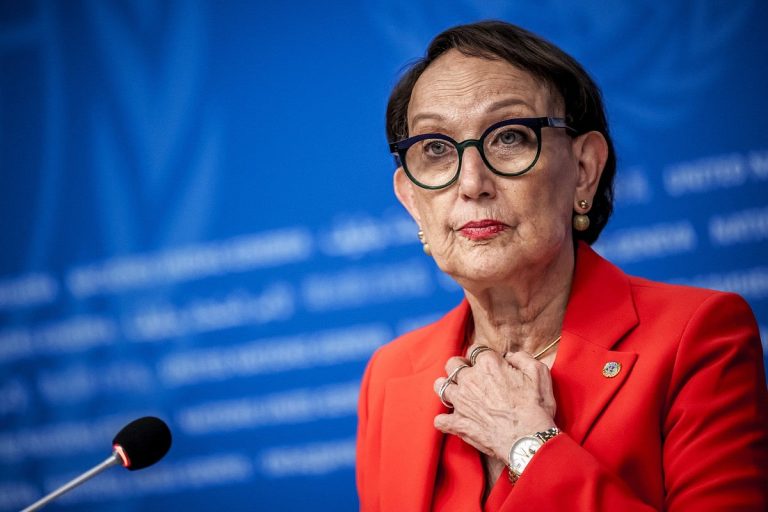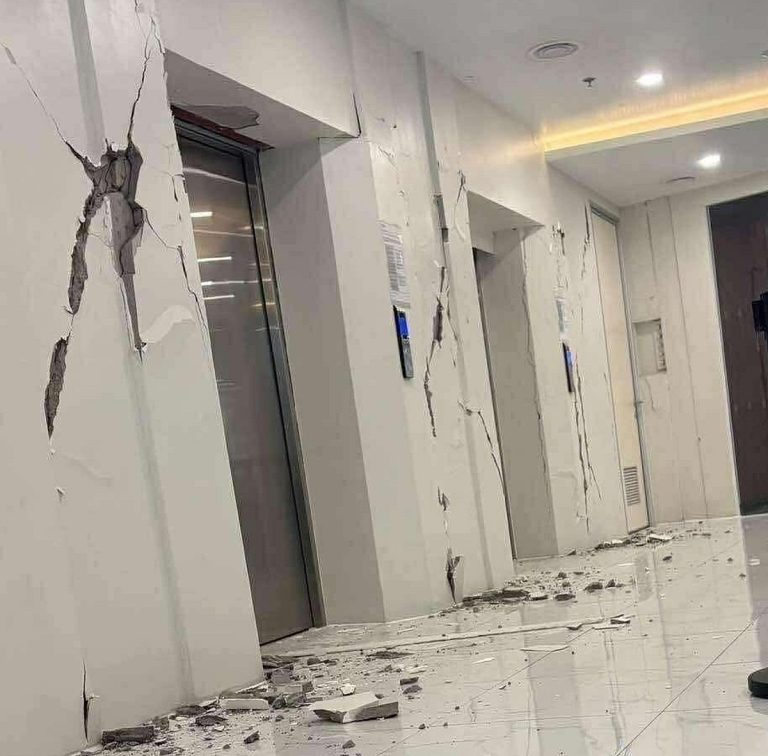Global Leaders Meet for Gaza Peace Summit in Egypt
World leaders are convening in Sharm Al Sheikh, Egypt, for a significant summit aimed at fostering peace in Gaza following a recent ceasefire agreement. This gathering, co-chaired by the presidents of the United States and Egypt, seeks to address the ongoing conflict and explore pathways to stability in the region.
Summit Overview
The “Summit for Peace” is taking place against the backdrop of a fragile ceasefire between Israel and Hamas, which has been in effect since Friday. The summit is notable for the absence of direct representatives from either Israel or Hamas, as both parties have historically maintained a contentious relationship with little trust. Instead, the focus will be on international leaders who are expected to discuss the future of Gaza and the necessary steps to ensure lasting peace.
Key Attendees
Among the leaders attending the summit are representatives from Turkey, Jordan, the United Kingdom, Germany, France, Italy, the United Nations, and the European Union. Each of these nations plays a crucial role in the geopolitical landscape of the region and has a vested interest in the outcome of the discussions.
Ceasefire Developments
The ceasefire agreement has led to significant developments, including the planned release of hostages by Hamas and the anticipated release of Palestinian prisoners by Israel. These actions are seen as critical steps toward building trust and facilitating further negotiations. However, many uncertainties remain regarding the next phases of peace efforts, raising concerns about a potential return to conflict.
Challenges Ahead
Despite the positive momentum generated by the ceasefire, several complex issues need to be addressed. Key among these are the disarmament of Hamas, the establishment of a new Palestinian government, and the extent of Israel’s military withdrawal from Gaza. Additionally, there is a pressing need for international support to rebuild the war-torn region.
Financial Considerations
Reconstruction efforts in Gaza are estimated to require around $53 billion, according to the World Bank and Egypt’s postwar plan. Egypt has expressed its commitment to hosting a future conference focused on fundraising for these efforts. The success of the summit will largely depend on the ability of international leaders to collaborate on these financial and logistical challenges.
Historical Context of Sharm Al Sheikh
Sharm Al Sheikh has a long history as a venue for peace negotiations. The resort town, located at the tip of the Sinai Peninsula, has hosted numerous diplomatic discussions over the decades. Its strategic location and history of peace efforts make it an appropriate setting for this summit, which aims to chart a new course for Gaza.
Regional Dynamics
The absence of Iran, a key supporter of Hamas, at the summit highlights the shifting dynamics in the region. Iranian officials have framed the ceasefire as a victory for Hamas, yet it also underscores Iran’s diminishing influence in Middle Eastern politics. The ongoing conflict and the recent ceasefire have raised concerns about the potential for renewed hostilities, particularly as regional powers reassess their roles.
Contributions from Global Leaders
Leaders from various nations are expected to make significant contributions to the discussions. For instance, Turkey’s President Recep Tayyip Erdogan, who has historically supported Hamas, is anticipated to play a vital role in advocating for peace. Similarly, Germany’s Chancellor Friedrich Merz has expressed concerns about Israel’s military actions and is set to co-host a future reconstruction conference.
The United Kingdom, represented by Prime Minister Keir Starmer, has pledged financial support for humanitarian efforts in Gaza, further emphasizing the international community’s commitment to aiding the region.
FAQs
What is the purpose of the Summit for Peace?
The summit aims to support the ceasefire in Gaza and explore pathways to lasting peace and stability in the region.
Who are the main leaders attending the summit?
Key attendees include the presidents of the United States and Egypt, as well as leaders from Turkey, Jordan, the UK, Germany, France, Italy, the UN, and the EU.
What are the main challenges facing Gaza after the ceasefire?
Key challenges include disarming Hamas, establishing a new Palestinian government, and securing funding for reconstruction efforts, estimated at $53 billion.
Conclusion
The Summit for Peace represents a crucial step toward addressing the ongoing conflict in Gaza. While significant challenges remain, the participation of global leaders signals a collective commitment to fostering stability in the region. As discussions unfold, the focus will be on developing actionable plans to support reconstruction and ensure a sustainable peace.
Also Read:
Trump Highlights Diplomatic Successes Ahead of Gaza Summit







